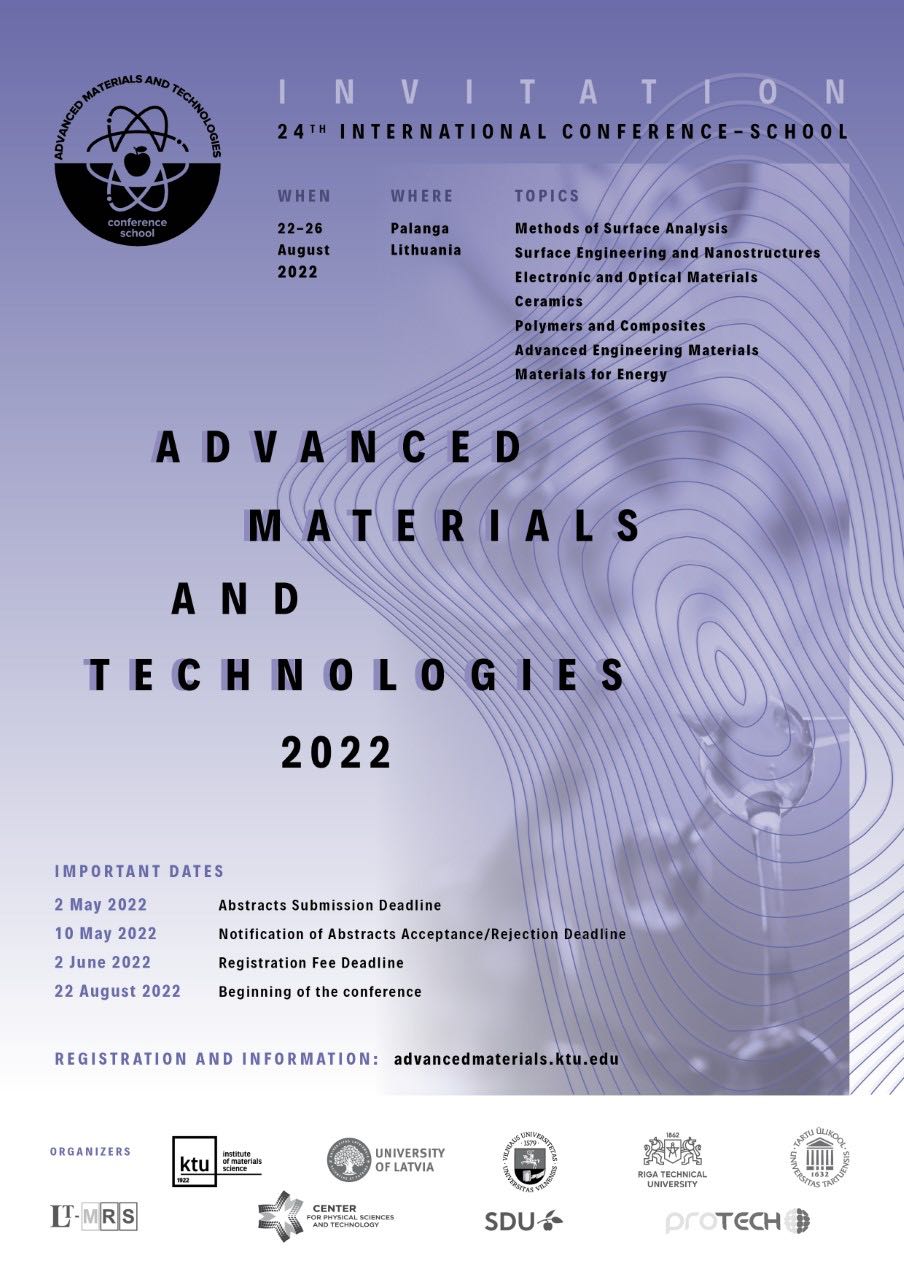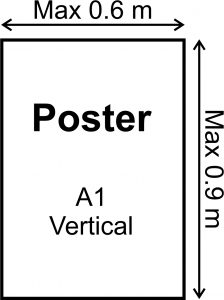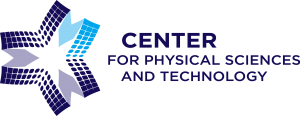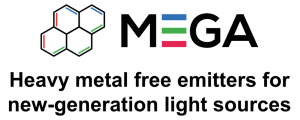| P36 |
Different Substitution Effects on the Formation and Properties of Yttrium Aluminium Garnet
Greta Inkrataite, Andrius Pakalniskis, Sapargali Pazylbek, Diana Vistorskaja, Ramunas Skaudzius, Aivaras Kareiva |
| P38 |
Investigation of Ultraviolet Persistent Luminescence of Pr3+ Activated Complex Alkaline Earth Oxides
Dace Nilova, Andris Antuzevics, Guna Krieke, Pavels Rodionovs |
| P40 |
Synthesis, Structural and Luminescent Properties of Mn‑Doped Calcium Pyrophosphate (Ca2P2O7) Polymorphs
Diana Griesiute, Andris Antuzevics, Vytautas Klimavicius, Aleksej Zarkov, Arturas Katelnikovas, Aivaras Kareiva |
| P42 |
Raman Subwavelength Lattice: Time-Dependent Detuning
Domantas Burba, Mantas Račiūnas, Ian B. Spielman, Gediminas Juzeliūnas |
| P44 |
New Host Material for Highly Efficient Candlelight OLED with a Very Low Color Temperature
Dovydas Blaževičius, Gintarė Kručaitė, Saulius Grigalevicius, Nizy Sara Samuel, Shahnawaz Shahnawaz, Mangey Ram Nagar, Jwo-Huei Jou |
| P46 |
Environment Effects on Laser Induced Damage Threshold of Sculptured Thin Film Based All-Silica Mirrors
Gustė Dolmantaitė, Lukas Ramalis, Rytis Buzelis, Tomas Tolenis |
| P48 |
New Donor-Acceptor Pyrimidine-Based Emitters, Containing Acridine, Carbazole and Phenothiazine Moeties
Hryhorii Starykov, Jurate Simokaitiene, Juozas V. Grazulevicius |
| P50 |
Characterisation of New TADF Emitters Based on 1,4-Bis(trifluoromethyl)benzene as an Acceptor Moiety
Karolis Leitonas, Levani Skhirtladze, Audrius Bucinskas, Dmytro Volyniuk, Malek Mahmoudi, Kai Lin Woon, Azhar Ariffin, Juozas V. Grazulevicius |
| P52 |
Exciton Migration and Recombination in Rubidium-Cesium Alloyed, Quasi-two-dimensional Perovskite
Lamiaa Abdelrazik, Vidmanta Jasinskas, Vidmantas Gulbinas, Aurimas Vysniauskas |
| P54 |
Synthesis and Studies of Properties of Organic Semiconductors Containing Donor and Acceptor Moieties
Levani Skhirtladze, Juozas Vidas Grazulevicius, Malek Mahmoudi, Azhar Bin Ariffin |
| P56 |
Derivatives of Benzoyl-1H-1,2,3-triazole and Carbazole as Hosts in Solution Processed White OLEDs
Mariia Stanitska, Malek Mahmoudi, Nazariy Pokhodylo, Roman Lytvyn, Dmytro Volyniuk, Ausra Tomkeviciene, Rasa Keruckiene, Mykola Obushak, Juozas V. Grazulevicius |
| P58 |
Simulation of Squeezing Models via Laser Coupling in an Atomic Fermi-Hubbard Model
Mažena Mackoit-Sinkevičienė, Giedrius Žlabys, Tanausú Hernández Yanes, Marcin Plodzień,Emilia Witkowska, Gediminas Juzeliūnas |
| P60 |
Synthetic Approaches to New Heterocyclic Unit Containing Conjugated Monomers and Polymers
Narine Durgaran, Nagharsh Miraqyan |
| P62 |
Tetraphenyl Ornamented Derivative of Diphenylsulfone and Carbazole as TADF Host for OLEDs
Oleksandr Bezvikonnyi, Dalius Gudeika, Naveen Masimukku, Dmytro Volyniuk, Chia-Hsun Chen, Wen-Cheng Ding, Jiun-Haw Lee, Tien-Lung Chiu, Juozas V. Grazulevicius |
| P64 |
Luminescence Mechanisms of AlN Materials
Rihards Ruska |
| P66 |
Theoretical Modeling of Luminescence Lineshape in Silicon Due to a Carbon-Carbon Pair Complex
Rokas Silkinis, Lukas Razinkovas, Audrius Alkauskas |
| P68 |
Optimization of Quantum Structures for Applications in Near-Infrared Sources
Silvija Keraitytė, Andrea Zelioli, Arnas Pukinskas, Evelina Dudutienė, Bronislavas Čechavičius, Renata Butkutė |
| P70 |
Control of Fluorescence and Phosphorescence of Imidazo[4,5]phenazine Based Compounds
Viktorija Andruleviciene, Karolis Leitonas, Ronit Sebastine Bernard, Dmytro Volyniuk, Juozas Vidas Grazulevicius |
| P72 |
Biased GaAs/AlGaAs Superlattice as Dissipative Parametric Amplifier in Microwaves
Vladislovas Čižas, Liudvikas Subačius, Natalia V. Alexeeva, Dalius Seliuta, Kirill N. Alekseev, Gintaras Valušis |
| P74 |
Optimization of subwavelength diffraction grating parameters for antireflection in the optical range
Tomas Klinavičius, Tomas Tamulevičius |
![]() Important information: participation with Russia and Belarus affiliations is not available regarding the violent acts committed to Ukraine. Thank You for understanding
Important information: participation with Russia and Belarus affiliations is not available regarding the violent acts committed to Ukraine. Thank You for understanding






















